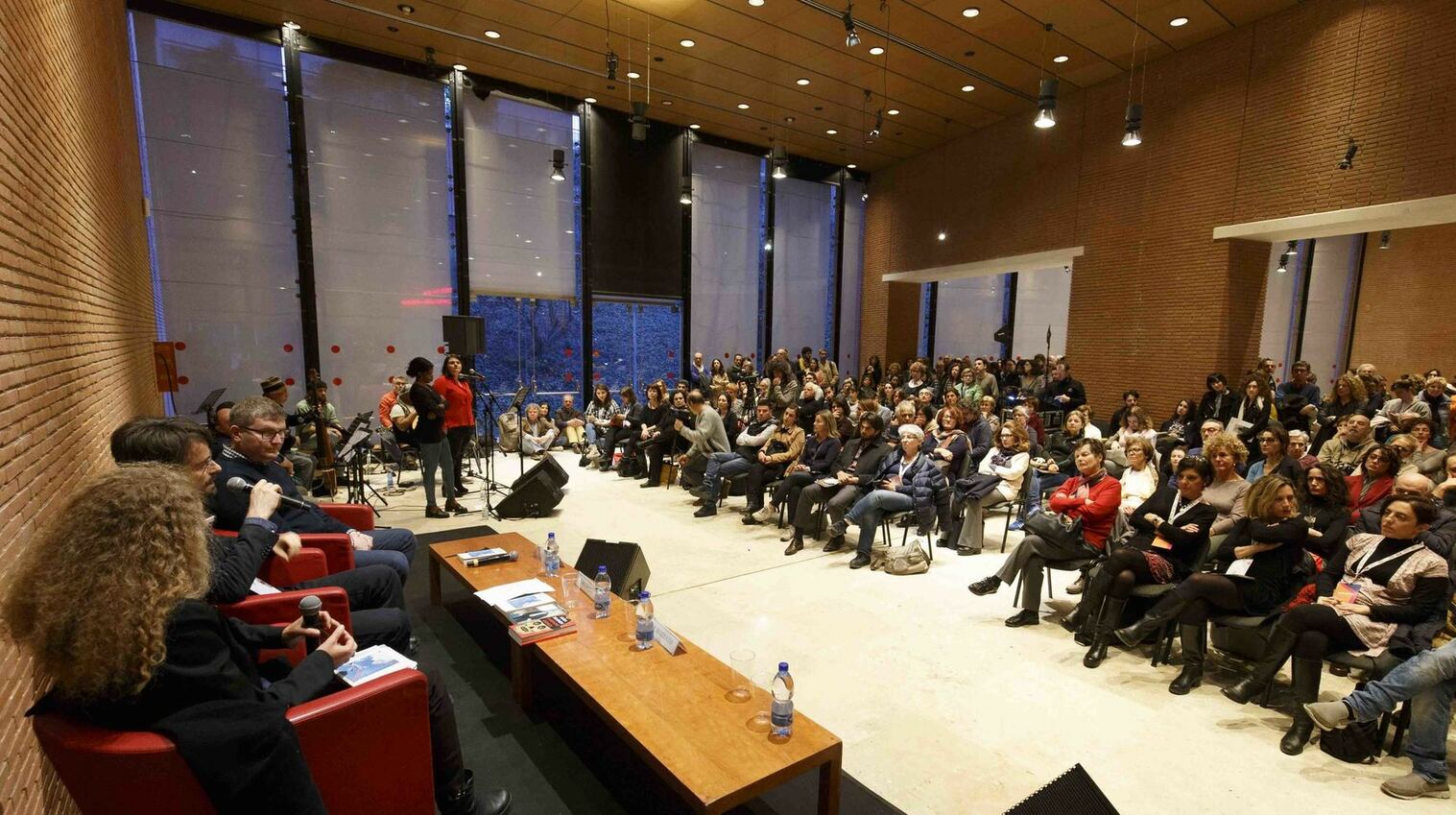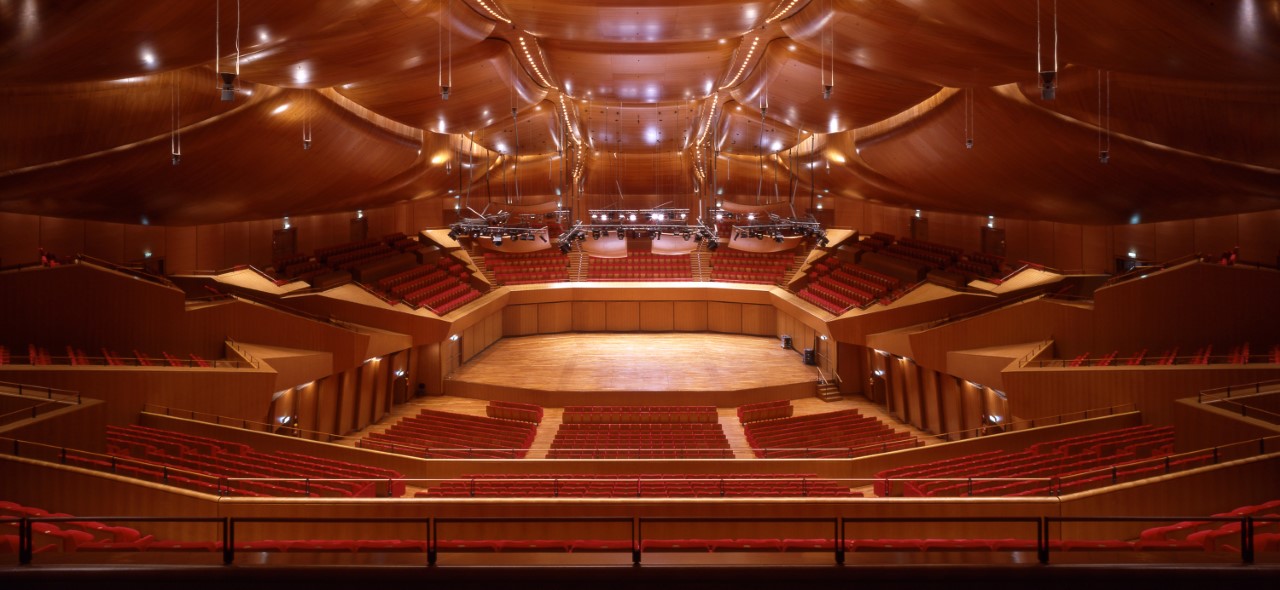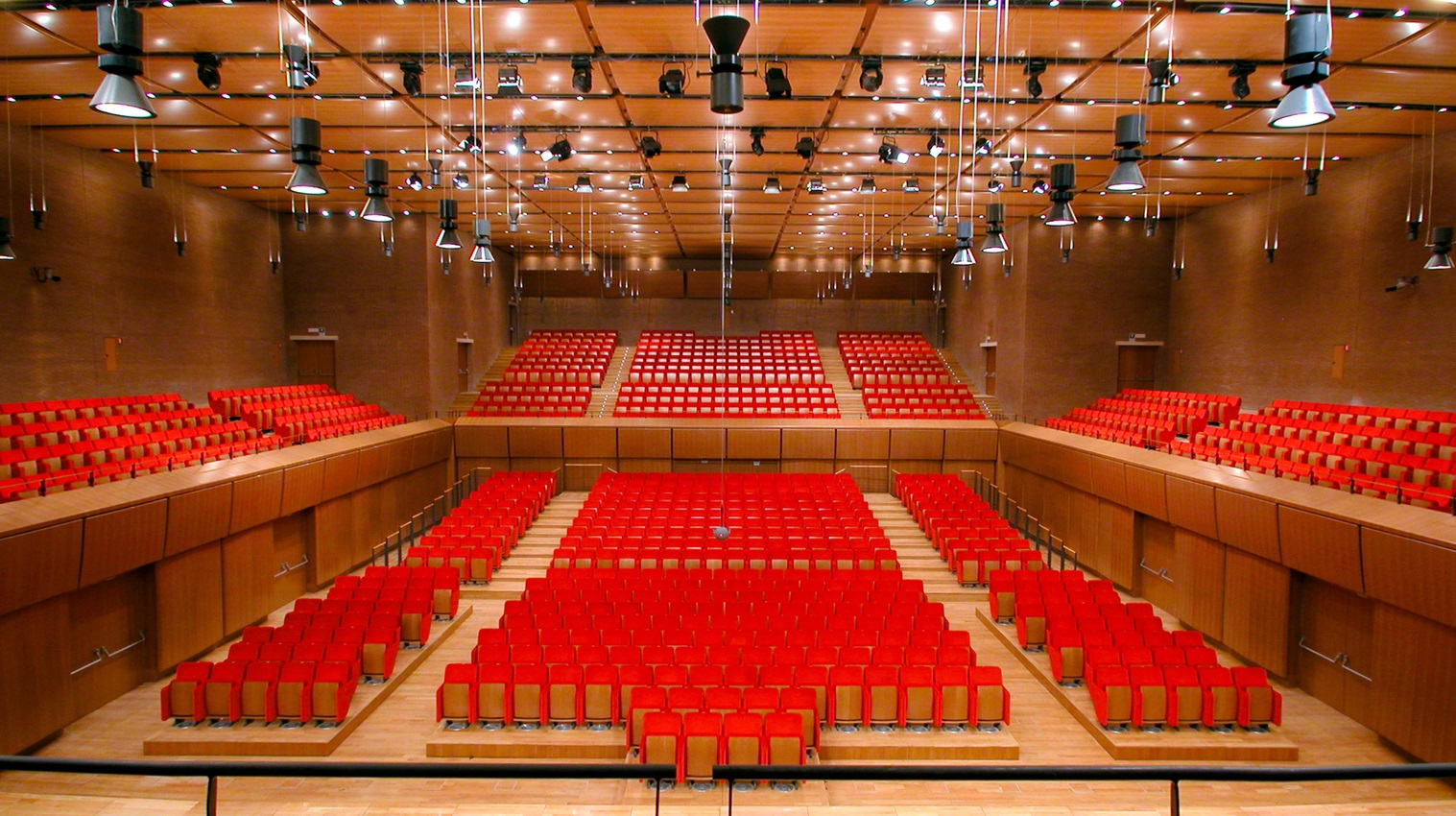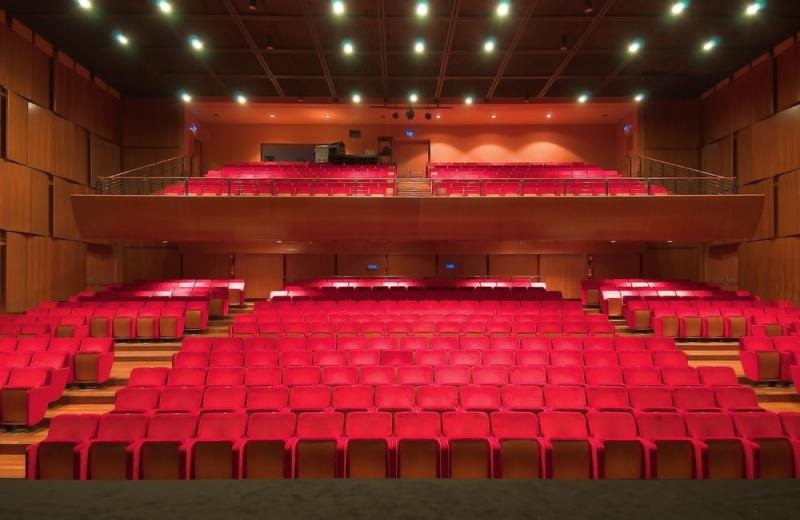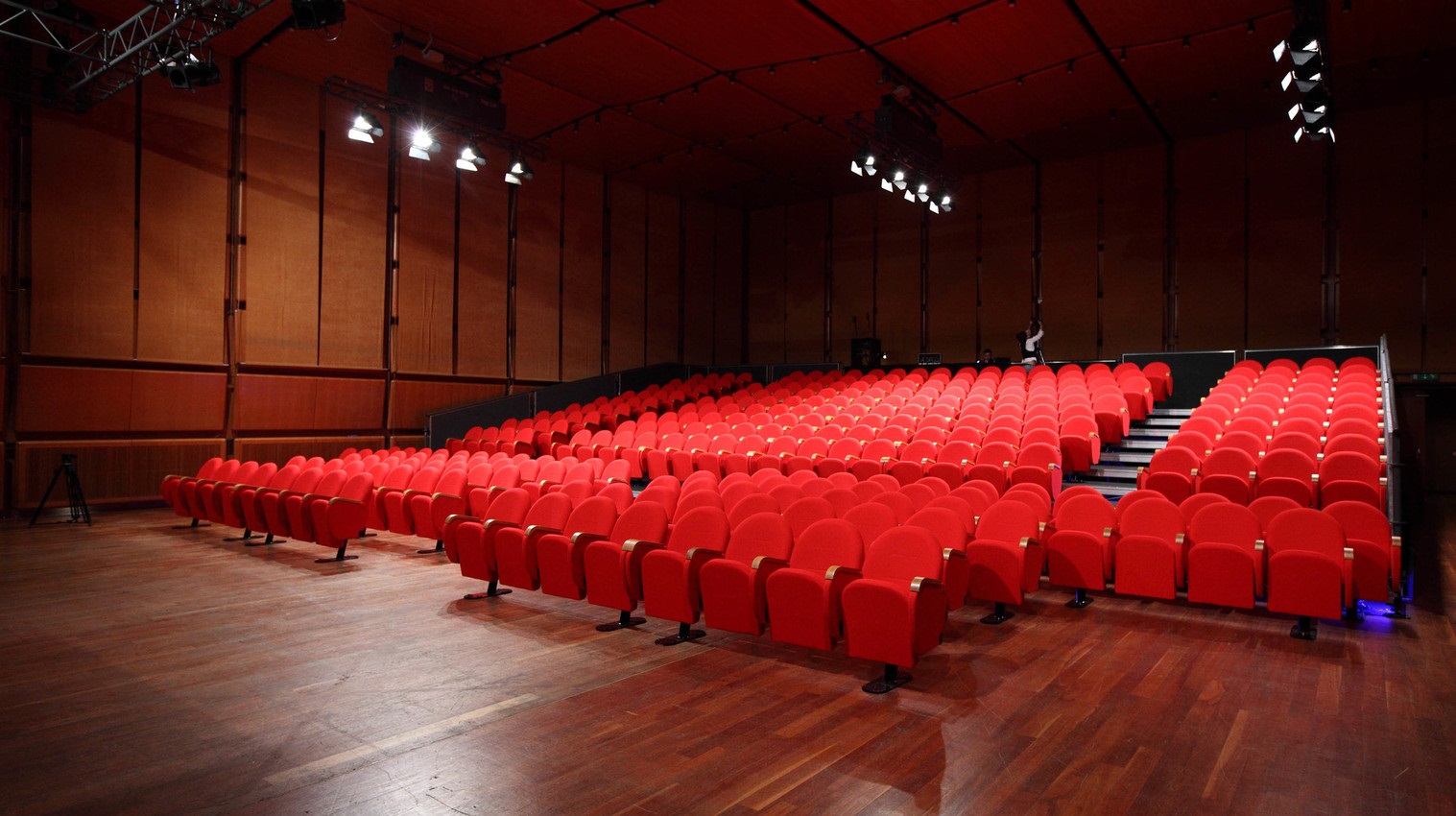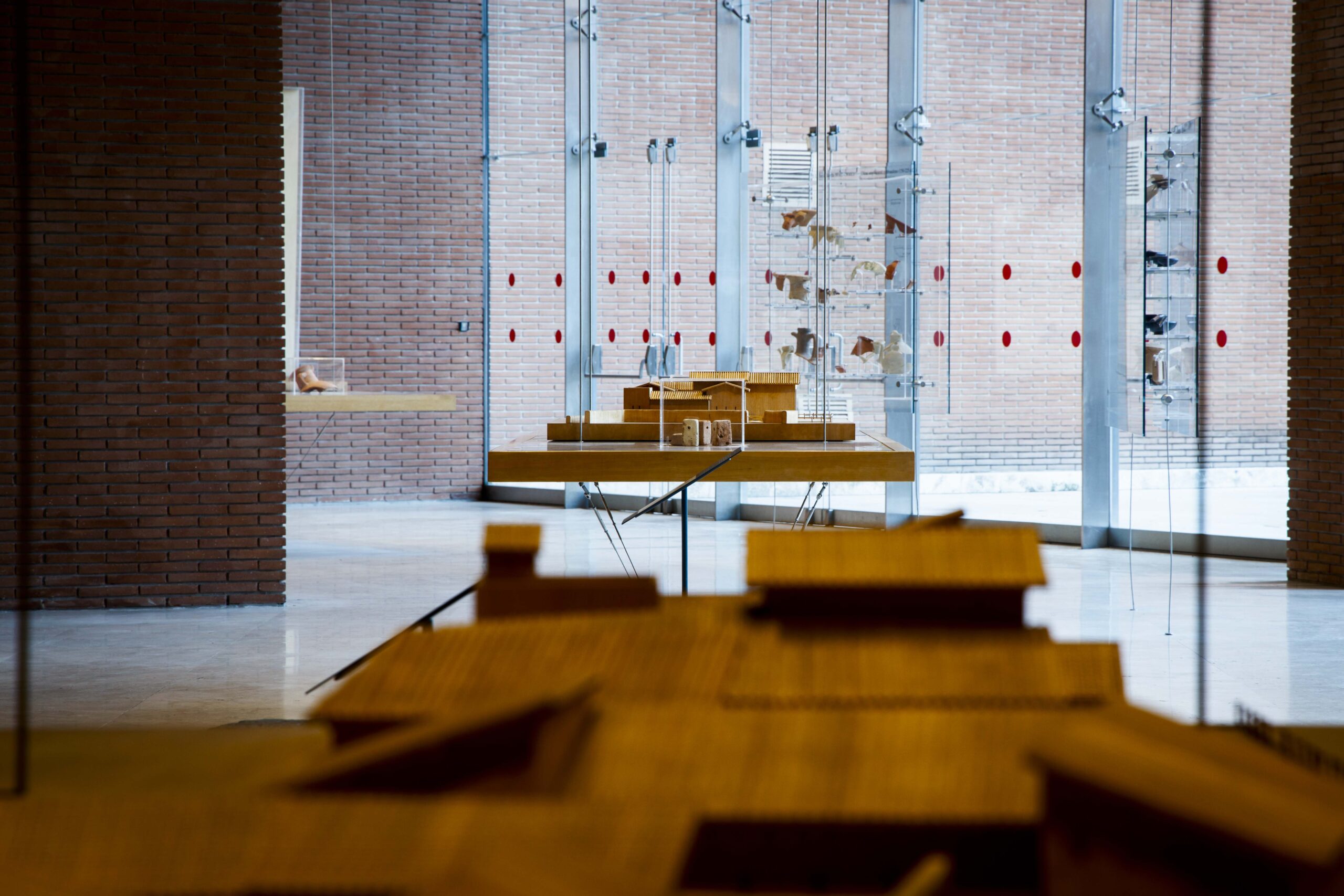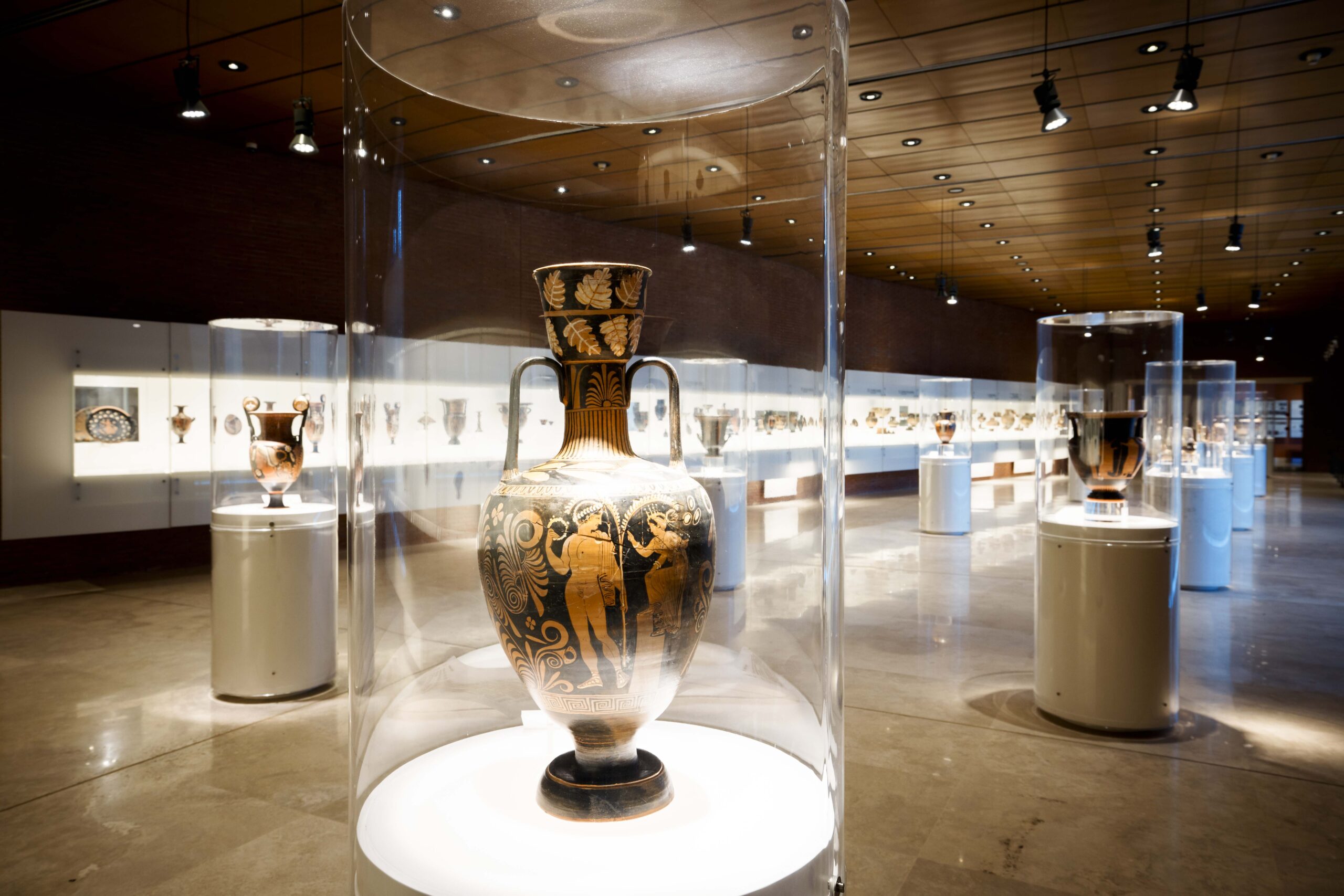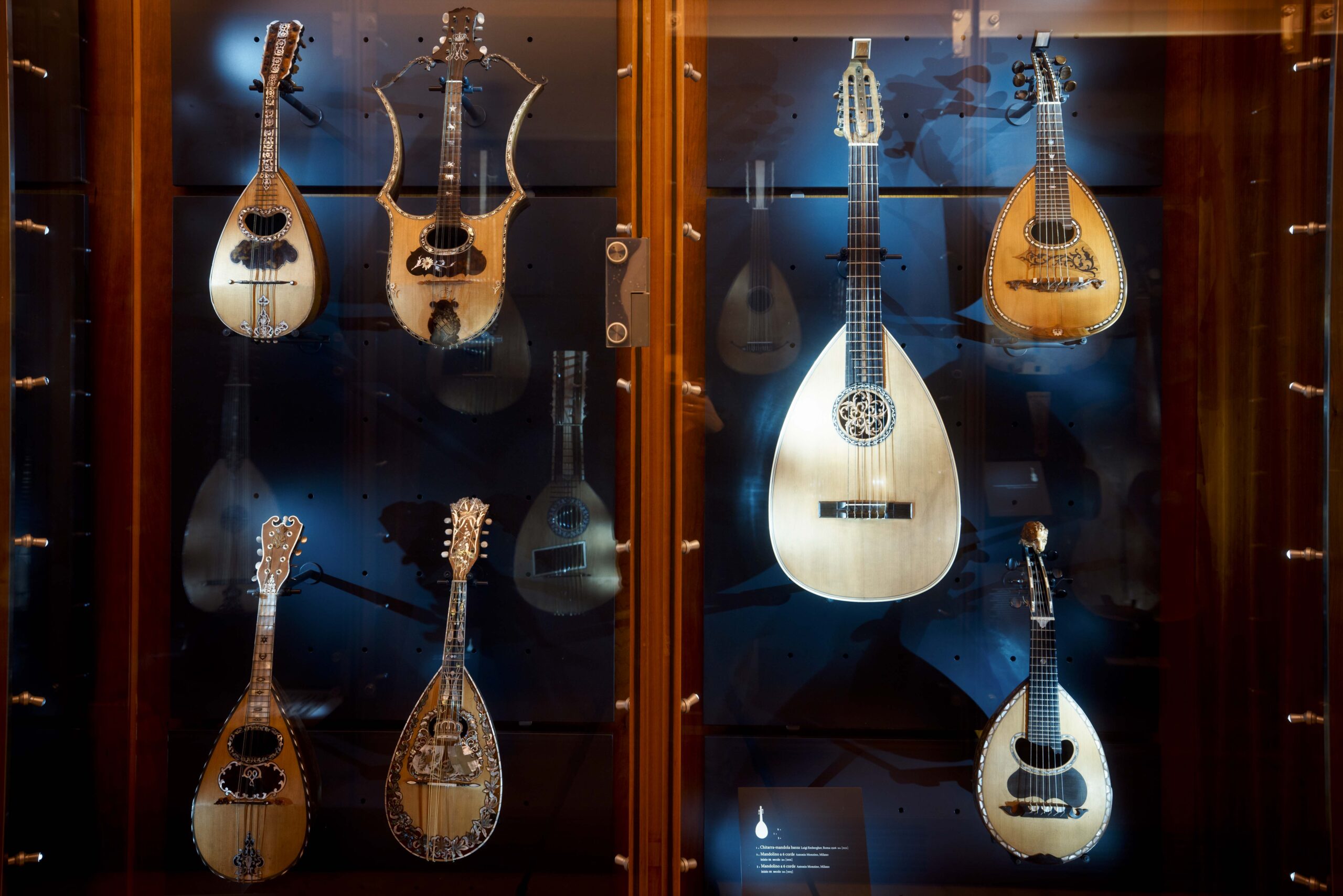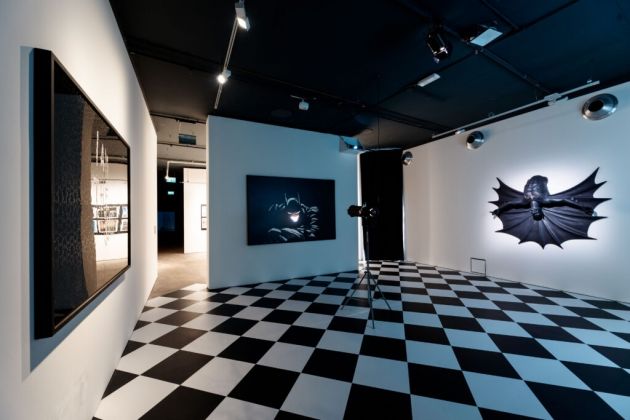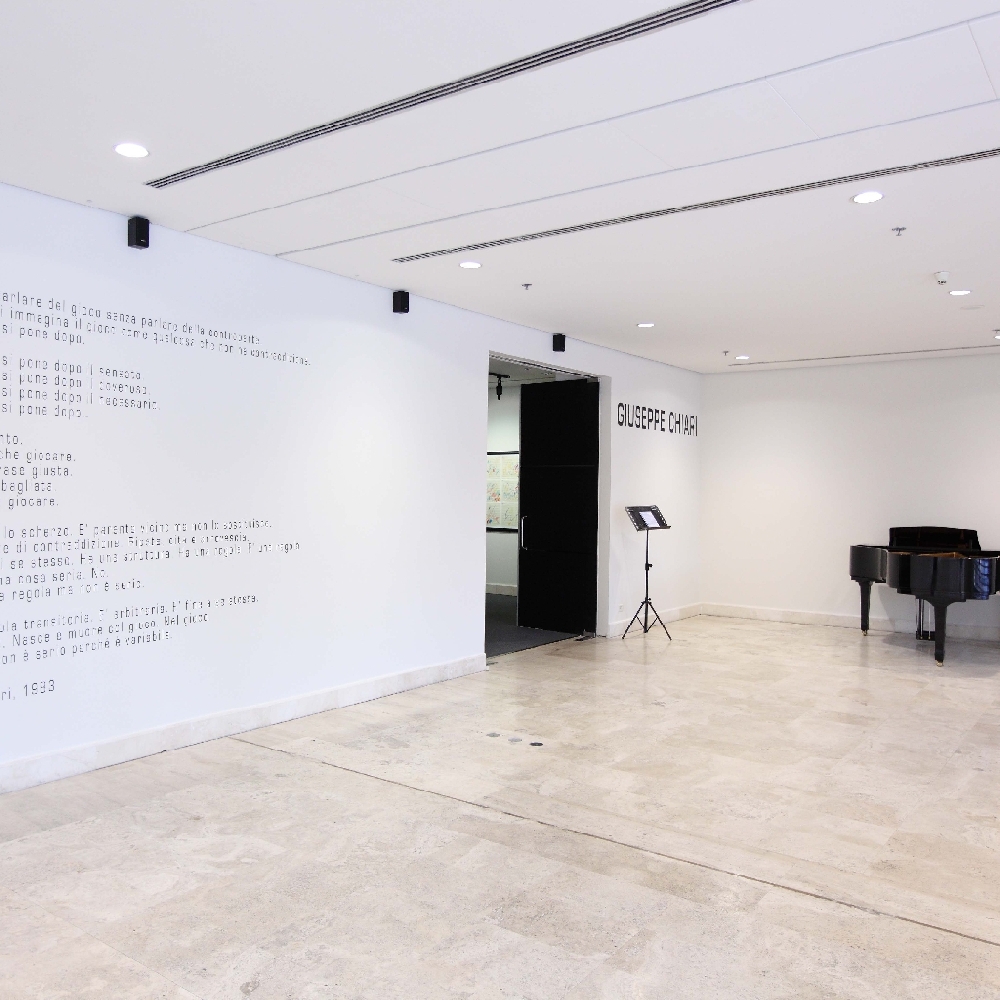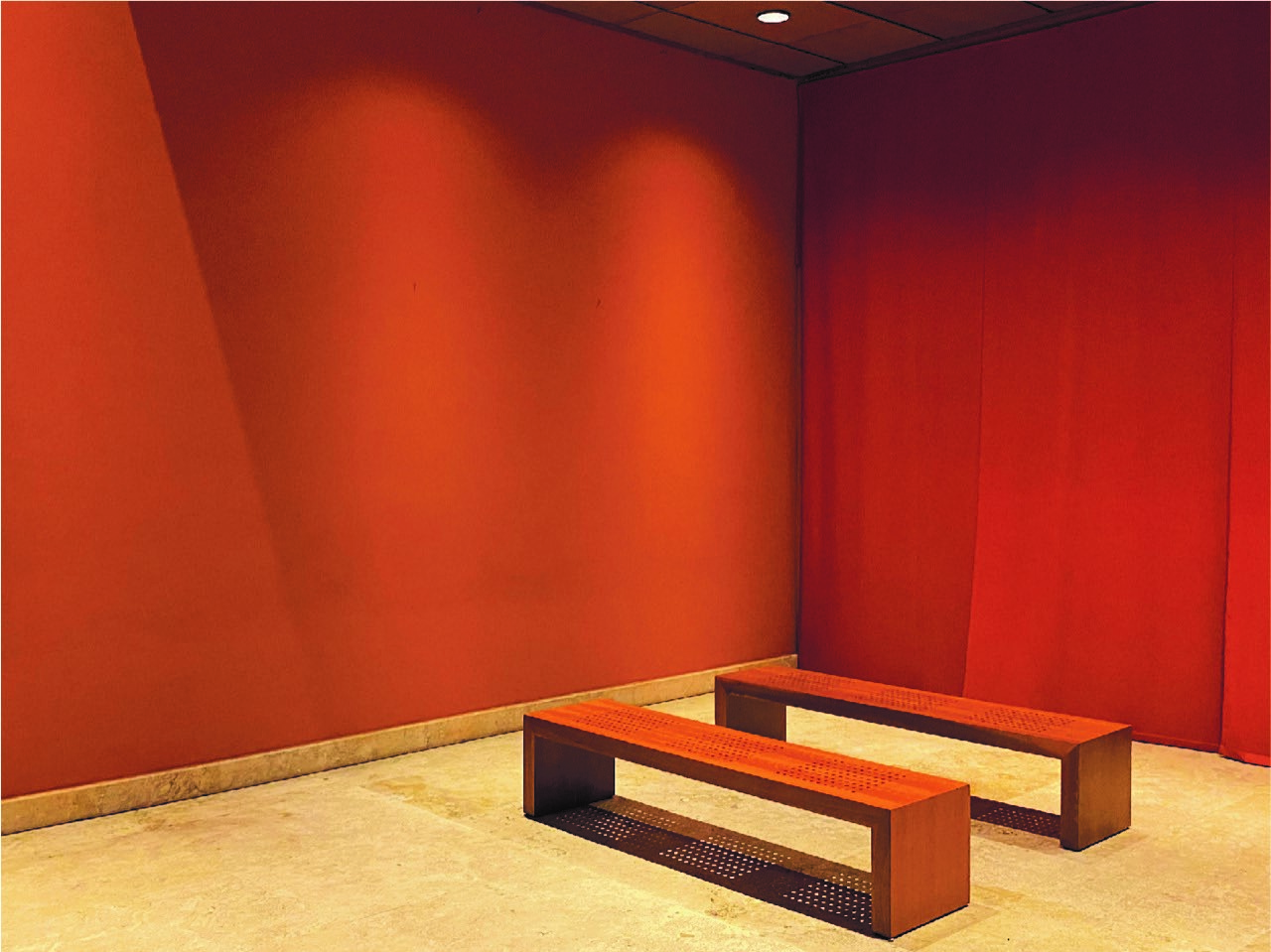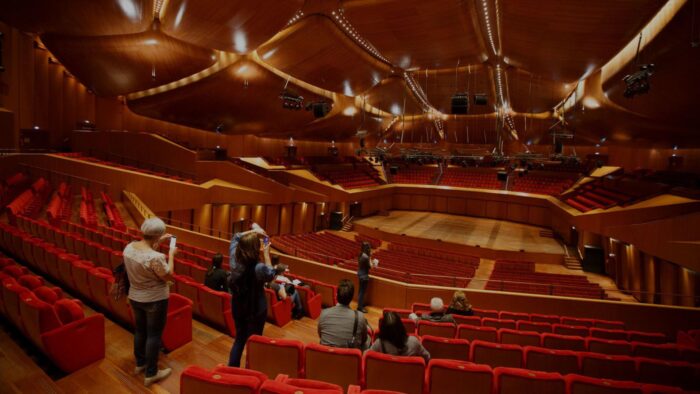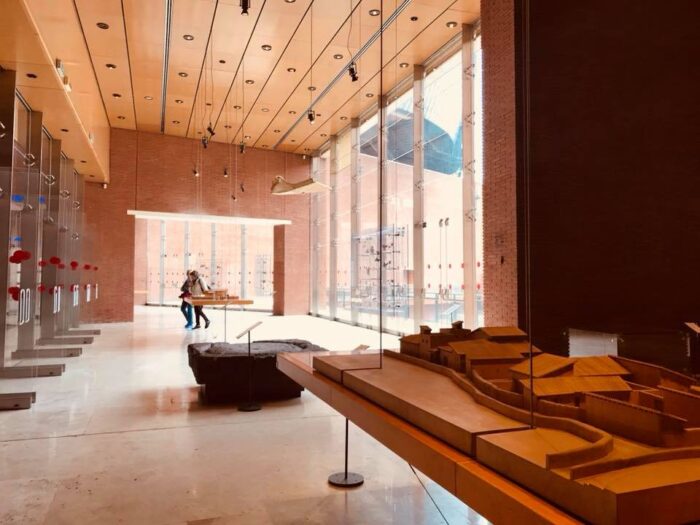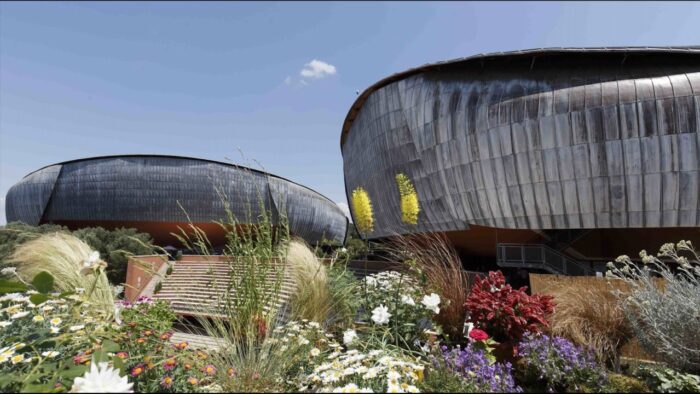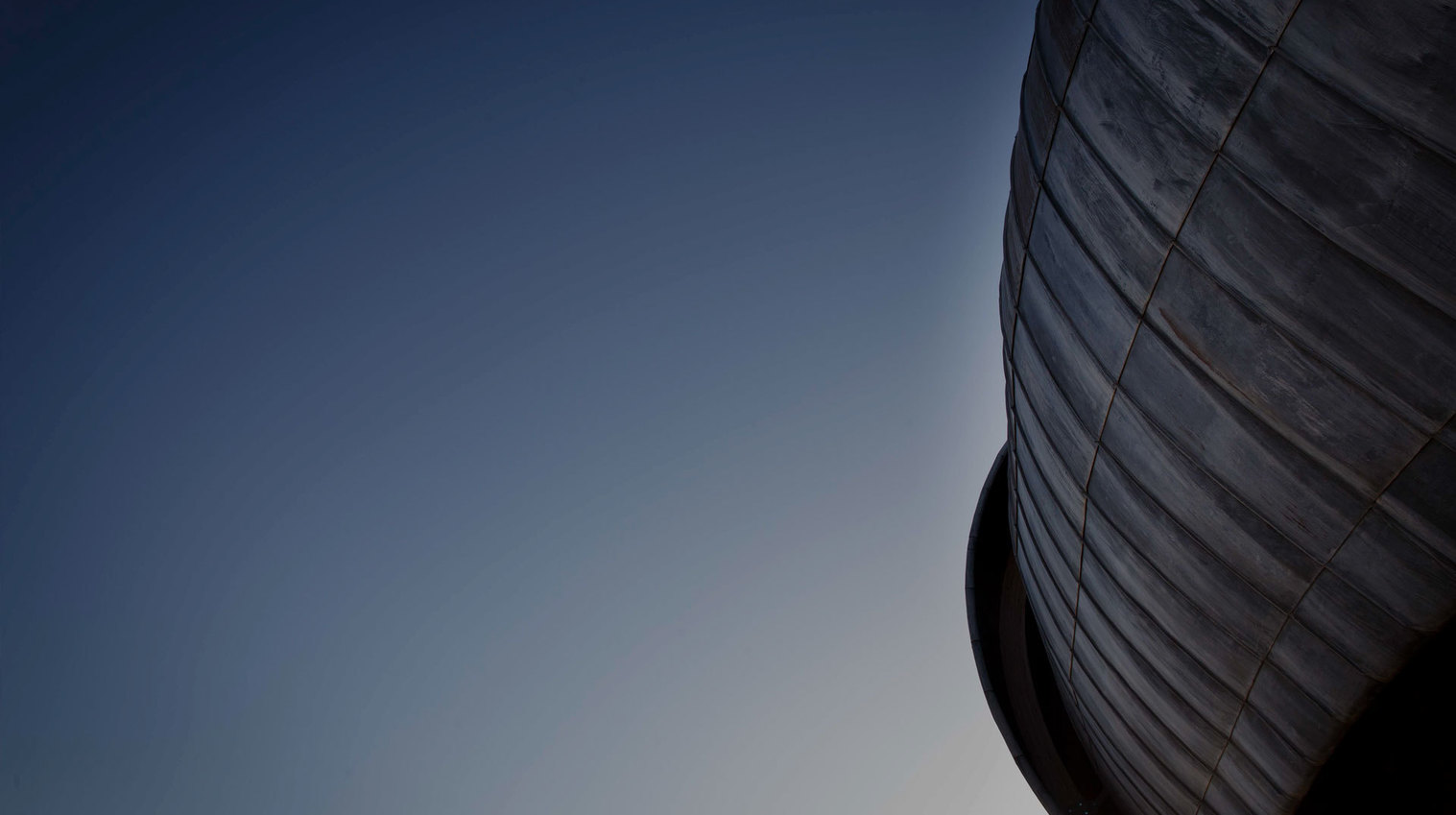
Auditorium history
Designed by Renzo Piano and operated by the Musica per Roma Foundation, the Auditorium Parco della Musica Ennio Morricone, created to give the National Academy of Santa Cecilia a permanent home, has become in recent years one of the largest cultural and performing arts centre in Europe, holding events that include all musical genres as well as dance, theatre and even art exhibits. This exceptional structure, with its sophisticated architecture, is the most important urban-renewal and cultural project carried out in Rome since the 1960s, sitting just a few minutes’ drive from the city’s historic centre, in an area bounded by the Tiber river, the hill of the Parioli neighbourhood and the Olympic Village quarter. The large, multipurpose complex meets the needs of a range of different audiences, combining quality and show business, culture and fun.
Tracing the site’s history involves going back to 1936, when Mussolini, in order to unearth the remains of the ancient roman Mausoleum of Augustus, ordered the demolition of the Augusteo , the splendid concert hall in which the orchestra and the chorus of the Accademia Nazionale di Santa Cecilia had been performing since 1908.
Once the Augusteo was gone, the project of building an auditorium meeting international standards of quality was addressed by the various city governments elected over the years, as well as by leading musical and cultural figures, including Giuseppe Sinopoli and Vittorio Emiliani, both of whom long championed the need to endow the Eternal City with a facility devoted to music.
In 1993, the City of Rome held an international competition for proposals, establishing the site of the new auditorium in a space found between the Olympic Village Quarter and the Flaminio Stadium. The goal, in this deteriorated, semi-abandoned area along the Via Flaminia, just a few kilometres from the heart of the city, was to mend a torn portion of the city’s fabric.
On 27 July 1994, it was announced that Renzo Piano and the Renzo Piano Building Workshop had presented the winning proposal, and on 15 January 1995 the project was officially initiated by the City of Rome. The work was interrupted in November of that year, when the remains of an ancient Roman villa came to light, though, following modifications in the original plans, the ruins were made a part of the complex. Construction was completed on one of the parking facilities in the winter of 1998, but a series of problems involving the companies that had won the original contract tender led the city, between 1999 and 2000, to reassign the work to other, more efficient firms, which moved forward more rapidly. Meanwhile, in 1999, the city founded the management company Musica per Roma MpR S.p.A, which was transformed into a foundation in 2004, with responsibility for tasks of administration and organisation, plus cultural planning and production.
On 21 April 2002, the Petrassi and Sinopoli concert halls were unveiled, while the Santa Cecilia hall was opened later in the same year, on 21 December. The rest of the complex was completed in early 2003, when it began operating at full capacity. Following the passing of Ennio Morricone in 2020, the Auditorium was named after the great maestro.
“The most intriguing adventure for an architect is to build a concert hall. Violin makers may get an even greater thrill from crafting their instruments, but the two jobs (accounting for the differences in dimension and end use) are actually quite similar. Ultimately, the goal is to create instruments for making music and for listening to it. The key is always the sound, whose frequencies and energy need to vibrate in the sound-box of the concert hall. I have delighted in the challenge of building for music on a number of occasions, including the Institute for Research and Coordination in Acoustics/Music in Paris, with Pierre Boulez and Luciano Berio, the temporary facility built for Luigi Nono’s opera Prometeo, the Potsdamer Platz Theatre in Berlin, the Lingotto concert hall in Turin, the Niccolò Paganini hall in Parma and now the Auditorium in Roma. Music was the focus of all these projects, with acoustical experts and musicians contributing to the work. But the complex built in Rome is more than just an Auditorium, consisting of a full-fledged City of Music that includes three concert halls, an open-air amphitheatre, plus large rehearsal rooms and recording facilities. The adventure in Rome was made all the more enticing by a noteworthy element of urban planning, seeing that the Auditorium is not only a music venue, there is also a piazza, the Santa Cecilia hall, the people working in the complex not to mention shops, cafés and restaurants. The total sum of these different elements allowed the project to urbanise a site which had a profound need for urbanity. Indeed, any place of culture or music inherently contributes to rendering the urban landscape more fertile, to salvaging the city from a decline into barbarity and to restoring the extraordinary qualities displayed throughout history. And so these musical instruments are set amidst the greenery of a music park that descends from the Villa Glori hill, surrounds the massive sound boxes of the Auditorium, then the two treasures of the Flaminio Stadium and the Sports Palace, before reaching the Viale Tiziano Boulevard, giving the City of Rome some fifty acres of land occupied by Music".
Halls and spaces
Museums
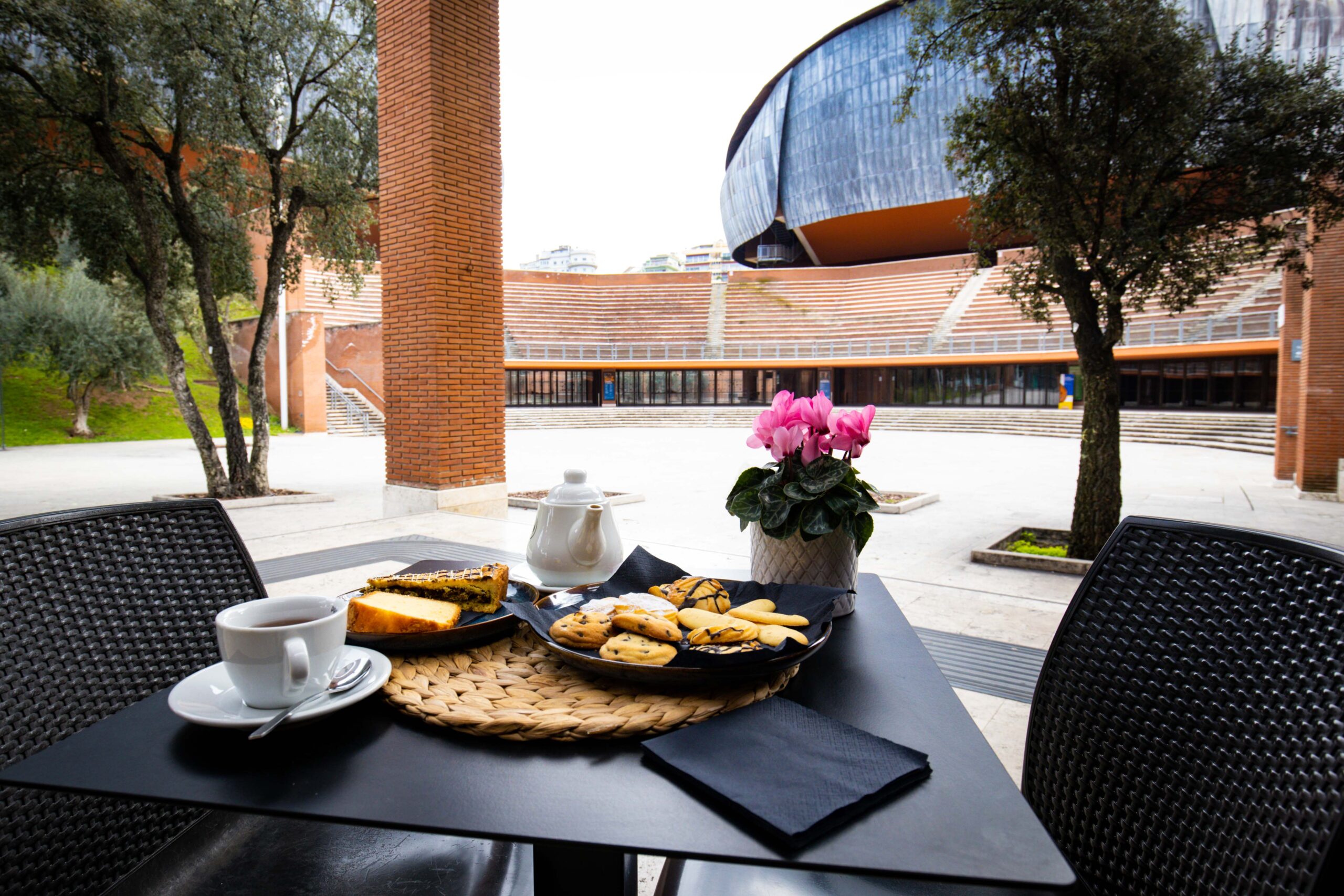
EXPERIENCES AND ACTIVITIES
